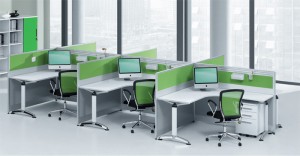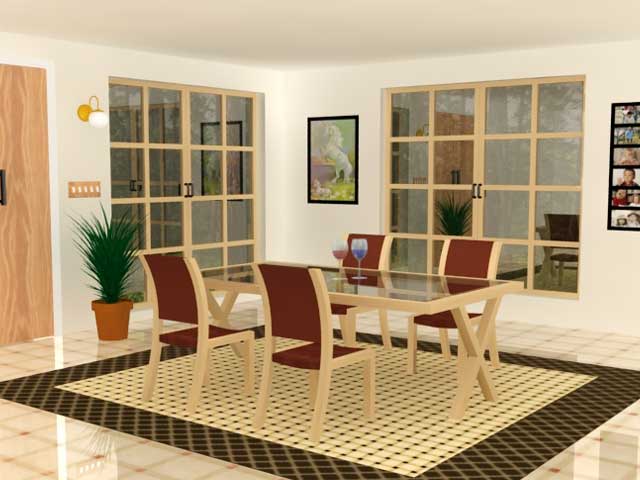Furniture market in China
Furniture market in China
Overall picture in furniture market in China

China now has become the largest furniture production base and exporter in the world thanks to recent three decades of rapid economic growth and increasing disposable income, living standards and purchasing power. According to the information released by China National Furniture Association, the output value in furniture market in China achieved 83.16 billion US dollars in 2011, a 25.28% increase compared with that in year 2010. The total export value of furniture industry in China is 59.37 billion US dollars in 2011, while total import value of China’s furniture industry declined by 10.71% compared with that in year 2010, making 27.84 billion US dollars. Calculated from 2010 to 2013, wholesalers and retailers measured at a specific level produced sales value at an average annual rate of 41% in furniture market in China, somehow down to 21% in 2013 with sales value reaching 195.75 billion RMB.
As for regions in furniture production within China, the furniture industry is mostly concentrated in the Pearl River Delta area where manufacturers generate the highest production output and possess the strongest integrated support capability. Fujian, Zhejiang, Jiangsu, Shandong and Shanghai follow after and are highly skillful for product quality and operations management. Meanwhile, Yangtze River Delta region has the highest average growth rate in furniture market in China as Shanghai lies in this area and becomes the going forward engine. As for northeastern region centered with the capital city Beijing with abundant wood resources and well equipped production base for furniture, they have a stable development compared with the central and western regions where furniture industry just got started due to lack of integrated capability and furniture base.

Wood furniture to metal furniture in furniture market in China
There are over 50,000 furniture manufacturers in China and most of them are small or medium sized furniture makers with low industry concentration and nearly no brand who generally receive OEM orders or produce low value furniture. However, after years of development and competition, a number of branded enterprises of a certain scale and possessing considerable strength have emerged.

Since China has a huge population size and apparently has a multi-layer furniture market, as estimated based on a consumer survey done by Hong Kong Trade Development Council (HKTDC), there were about 438.93 million households nationwide in the Chinese mainland, and presume that people would consider getting rid of their old fashioned home furniture and replace it for new one once every 10 years, around 44 million households would purchase new furniture each year. That provides domestic small or medium sized furniture makers opportunities to engage in a wide variety of furniture production ranging from household, office and kitchen furniture, hotel and guesthouse furniture, public institution furniture to mattresses, bedding and parts of furniture. Also various raw materials are used in furniture production, including wood, rattan, plastic and metal. Wood furniture currently owns the largest share of furniture market in China. Statistics from China Furniture Association shows that wood furniture production makes up around 57% of total furniture revenue in 2010 and amounts for 60 percent of total furniture production revenue in 2011. From 2010 to 2011, furniture revenue has increased by 31.10 percent reaching 314.43 billion RMB in 2011. However, it is safe to say that wood furniture dominating the market will change and metal furniture will play a leading role and overtake the first place judging from the data generated by China Furniture Association that growth of metal furniture in furniture market in China is driven by strong domestic and foreign demand. According to China Furniture Association, exports have been increasing rapid in recent few years, accounting for 36.9 percent of total furniture revenue in 2008 and generating revenue of 4.53 billion dollar that year. Total output of metal furniture in 2011 reached 363.44 million pieces while it was 247.74 million pieces for that of wooden furniture.
New trend in furniture market in China
The explosive growth of China’s emerging middle class has brought sweeping economic change and social transformation—and it’s not over yet. Driven by large-scale urbanization and Chinese government’s strategy of investment on infrastructure and house building to continue pushing the economy to a soaring high, the world has seen the rise of a powerful new – largely urban – middle class. Having grown up in an environment of non-stop economic growth and abundance, mass middle class are more confident that their personal incomes will rise. They also tend to be more brand loyal, more adventurous in adopting new products and services, and more willing to trade up to premium products and prefer everything healthy and green. A considerable number of middle and high-end consumers tend to choose furniture that can fit their new living concept “eco home”. These consumers have a strong preference for “eco” and “environment-friendly” furniture, such as odour- and formaldehyde-free products, despite the fact that the price of most of such furniture is higher than like products.

There is also an increasing demand for kid’s furniture and kid’s bedroom decoration. The rising family income and one child policy bring parents ‘attention to their children’s living conditions. Plus, it is more accepted by parents that well set furniture are beneficial to children’s development, therefore, prospects for the children’s furniture market are promising.
Another trend is the office and hotel furniture. Chinese cities booming development allow them to build large commercial business districts where office space is usually laid out in conformity with American office concept like airy and open space to create upper-end and comfortable office atmosphere, which leads to growing purchase of upgraded furnishing, and it is the same story with star-ranked hotel construction in China. They also require high-end and upgrading decoration to fully take advantage of the flourishing tourism industry.
See also: interior design in China
Source:
- http://china-trade-research.hktdc.com/business-news/article/China-Consumer-Market/China-s-furniture-market/ccm/en/1/1X000000/1X002L63.htm
- http://www.ice.gov.it/paesi/asia/cina/upload/174/Market%20Report%20Furniture%20China%202012.pdf
- http://bft.cirad.fr/cd/BFT_279_85-87.pdf
- http://fbsg.forestry.oregonstate.edu/sites/default/files/Shi.pdf
















